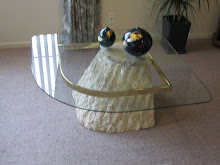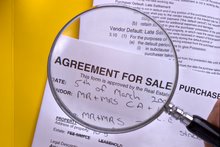Home Inspector's Report: What It Could Include - Part 6
Home Inspection Reports can vary in quality (thoroughness) and what is included. Although the home inspector will have a list of guidelines to follow, the report will only be as good as the person writing it. So, if the home inspector fails to notice problems they won't show on the report.
1. Doors and Windows
The home inspector should look for problems with paint or caulking, and rotted wood components (leaks). The home inspector will be able to tell how old they are and have a guess at whether they are the originals instaled when the house was built. The home inspector might randomly check that the windows and doors work.
2. Floors
The report will include details of the flooring. It may mention: the general condition, signs of uneven levels, water staining, or other damage like cracked ceramics.
3. Walls and Ceiling
The home inspector will look to see if the walls are level, check for any drywall seams or nails showing, look for cracks or loose plaster, stains, physical damage or signs of earlier repairs. The ceilings will be viewed for signs of leaks and cracks in the plaster.
The exterior walls will be checked too. The home inspector will most likely look for: bowed or leaning walls, missing mortar, loose, missing or rotten siding, deteriorating paintwork and flaking or cracking brickwork.
4. Foundations
They are integral to and building so the home inspector will check for bowing, bulging or other irregularities like cracks, flaking or damaged masonry or soft mortar. The report would usually point out any water markings and efflorescence (a white crystalline, powdery substance on the surface of concrete, brick clay tile etc).


















No comments:
Post a Comment